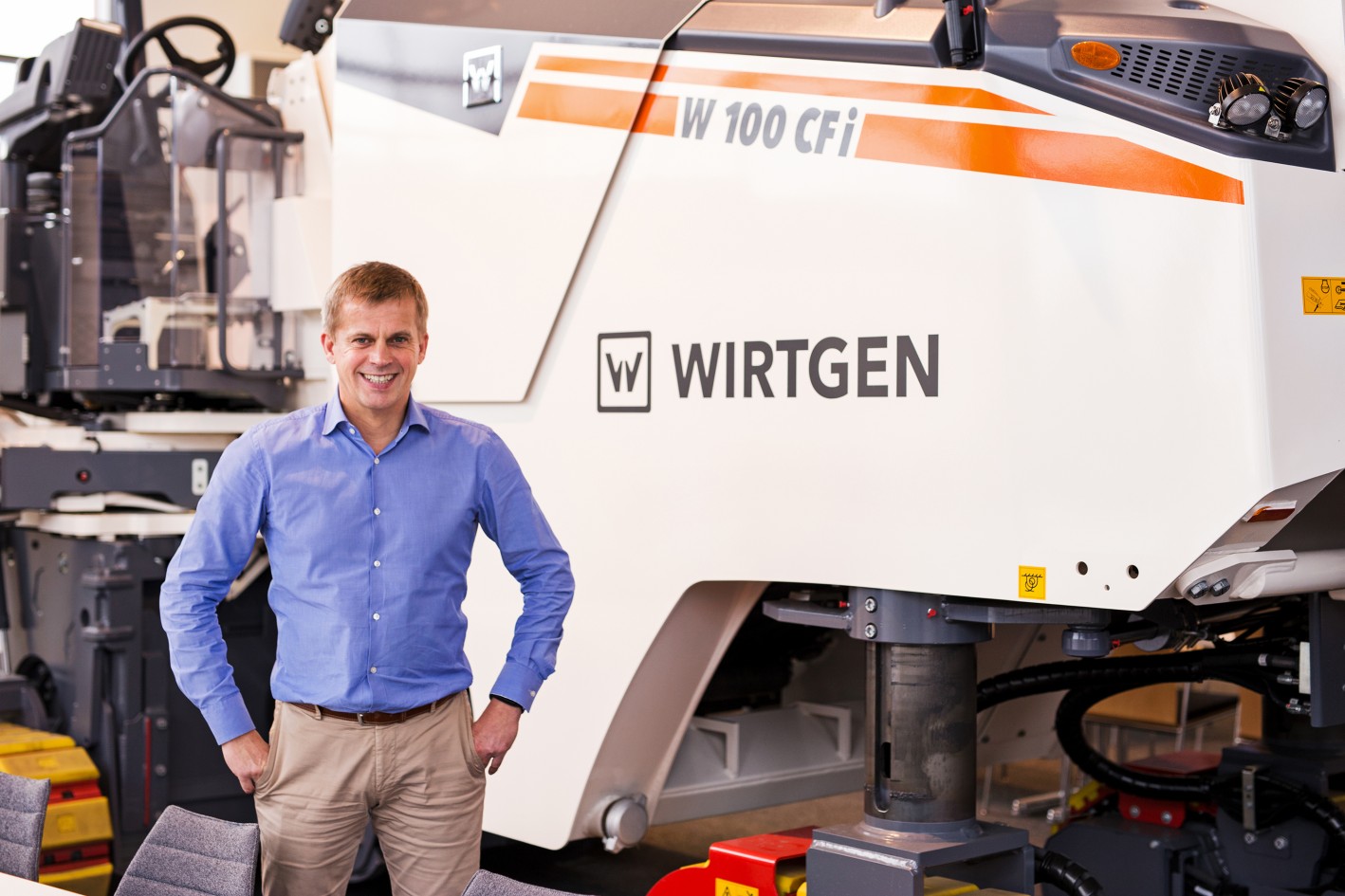

Why is cold milling such an important part of the rehabilitation process?
Interview with Bernd Holl, Product Manager Cold Milling Machines WIRTGEN
"The condition of the milled surface has a major impact on the quality of the new surface layers, their functional properties, and the cost-effectiveness and efficiency of further construction work. This means that in order to pave surface layers with a uniform thickness and avoid the need to make cost-intensive corrections by paving subsequent asphalt leveling layers, it is important to achieve an even, true-to-profile milling result."
How do I achieve an even, true-to-profile milling result?
"With the right cutting technology and precise leveling. Leveling aims to control the milling depth and milling slope automatically and as precisely as possible, based on a reference line. In practice, copy milling by scanning a reference line is the standard method. But with the WIRTGEN Multiplex leveling system in combination with a wide variety of sensors, much more is possible than just copying. For example, three sensors on each side of the machine scan the height along the same reference line at large distances. Our Level Pro automatic leveling system averages the three measured values to produce an extremely level milled surface that takes the specified milling depth into account. This is an excellent way to compensate for longitudinal unevenness. In addition, it’s possible to create defined surface profiles – e.g. predefined transverse tilts or crown profiles. Completely new surface profiles can be created with 3D milling."
And how about the desired texture?
"The parameters milling drum line spacing, milling speed of the machine, and milling drum speed have a significant influence on the geometric shape of the milled surface. While larger line spacings, higher milling speeds, and low milling drum speeds produce a rougher surface, small line spacings, low milling speeds, and high milling drum speeds produce a finer surface. Standard milling drums with a line spacing of 12 mm, 15 mm, or 18 mm are ideally suited for removing one or more layers and, at a medium milling speed and medium milling drum speed, subsequently ensure that the milled surface and the new layer bond well."
This application handbook for cold milling machines provides planners, operators, supervisors, and anyone else interested in the subject with extensive insights into the world of cold milling machines and serves as a handy reference and guide for day-to-day operations thanks to the numerous case studies and application examples it contains.
View Hands-On Guide